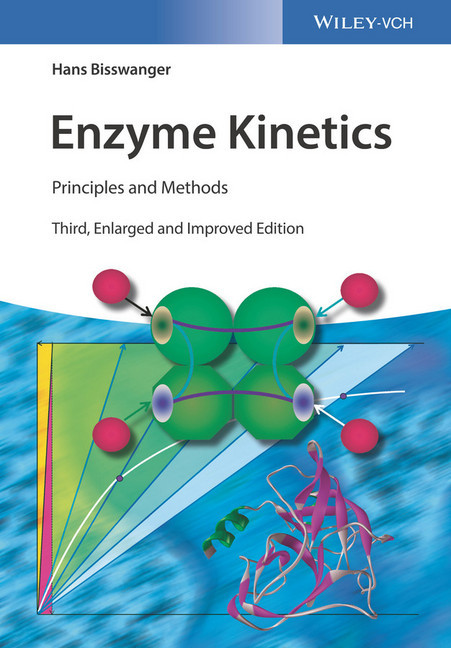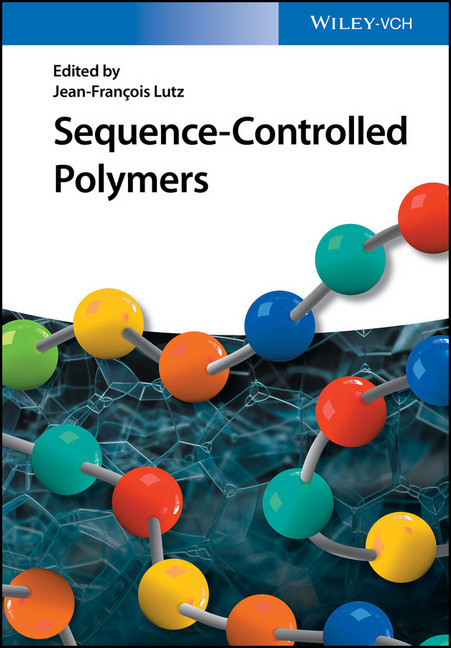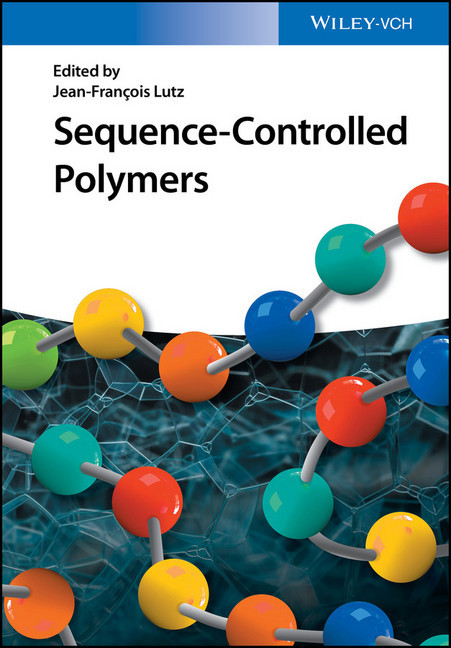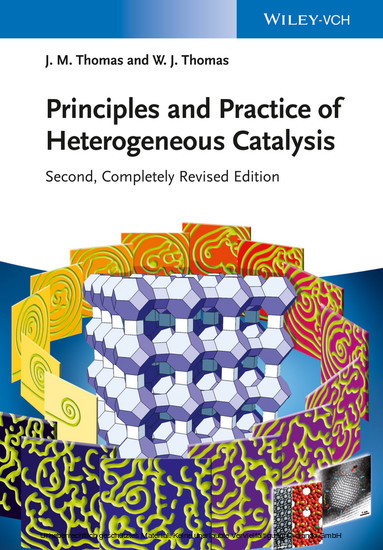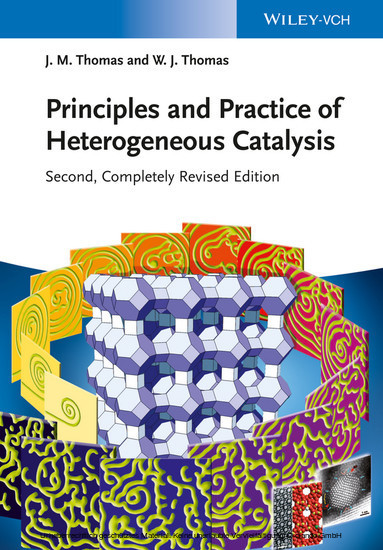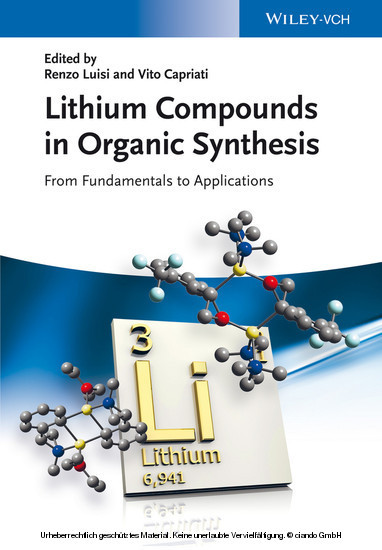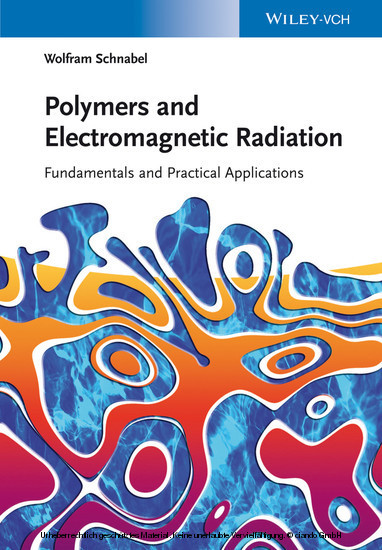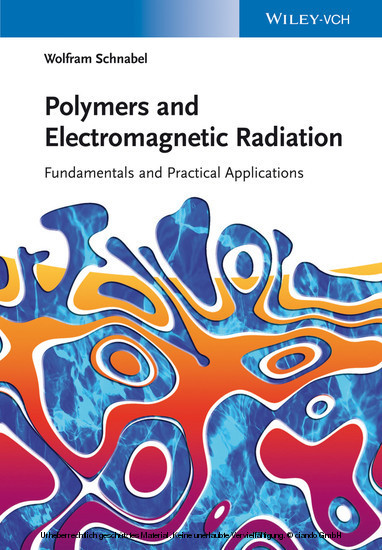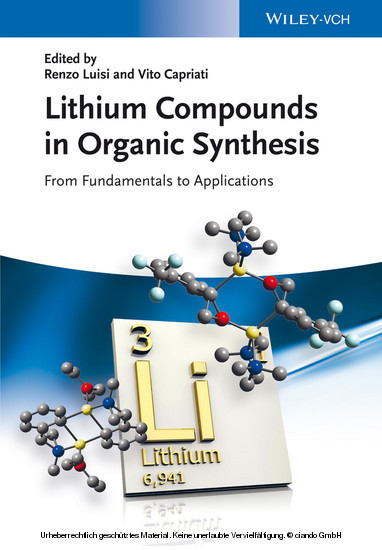Enzyme Kinetics
Principles and Methods
Now in full color for a more intuitive learning experience, this new edition of the long-selling reference also features a number of new developments in methodology and the application of enzyme kinetics.
Starting with a description of ligand binding equilibria, the experienced author goes on to discuss simple and complex enzyme reactions in kinetic terms. Special cases such as membrane-bound and immobilized enzymes are considered, as is the influence of external conditions, such as temperature and pH value. The final part of the book then covers a range of widely used measurement methods and compares their performance and scope of application.
With its unique mix of theory and practical advice, this is an invaluable aid for teaching as well as for experimental work.
Hans Bisswanger was Professor at the Interfaculty Institute of Biochemistry at the University of Tubingen (Germany), where he has developed and taught for many years an intensive course on enzyme kinetics, enzyme technology and ligand binding. His scientific interest lies with structural and regulatory mechanisms of multi-enzyme complexes, thermophilic enzymes and the technical application of immobilized enzymes. He is the author of two well-known books on enzymology that have appeared in different languages and editions.
Starting with a description of ligand binding equilibria, the experienced author goes on to discuss simple and complex enzyme reactions in kinetic terms. Special cases such as membrane-bound and immobilized enzymes are considered, as is the influence of external conditions, such as temperature and pH value. The final part of the book then covers a range of widely used measurement methods and compares their performance and scope of application.
With its unique mix of theory and practical advice, this is an invaluable aid for teaching as well as for experimental work.
Hans Bisswanger was Professor at the Interfaculty Institute of Biochemistry at the University of Tubingen (Germany), where he has developed and taught for many years an intensive course on enzyme kinetics, enzyme technology and ligand binding. His scientific interest lies with structural and regulatory mechanisms of multi-enzyme complexes, thermophilic enzymes and the technical application of immobilized enzymes. He is the author of two well-known books on enzymology that have appeared in different languages and editions.
1;Cover;1 2;Title Page;5 3;Copyright;6 4;Contents;7 5;Preface;13 6;Symbols and Abbreviations;15 7;Introduction and Definitions;17 8;Chapter 1 Multiple Equilibria, Principles, and Derivations;23 8.1;1.1 General Considerations;23 8.2;1.2 Diffusion;24 8.3;1.3 Modes of Ligand Binding;26 8.4;1.4 Interaction between Macromolecules and Ligands;28 8.4.1;1.4.1 Binding Constants;28 8.4.2;1.4.2 Binding to a Single Site;29 8.5;1.5 Binding to Identical Independent Sites;29 8.5.1;1.5.1 General Binding Equation;29 8.5.2;1.5.2 Graphic Representations of the Binding Equation;35 8.5.2.1;1.5.2.1 Direct and Linear Diagrams;35 8.5.2.2;1.5.2.2 Analysis of Binding Data from Spectroscopic Titrations;37 8.5.3;1.5.3 Binding of Different Ligands, Competition;40 8.5.4;1.5.4 Noncompetitive Binding;43 8.6;1.6 Binding to Nonidentical, Independent Sites;45 8.7;References;47 9;Chapter 2 Cooperativity and Allosteric Enzymes;49 9.1;2.1 Binding to Interacting Sites;49 9.1.1;2.1.1 The Hill Equation;49 9.1.2;2.1.2 The Adair Equation;51 9.1.3;2.1.3 The Pauling Model;54 9.2;2.2 Allosteric Enzymes;54 9.2.1;2.2.1 The Symmetry or Concerted Model;55 9.2.2;2.2.2 The Sequential Model and Negative Cooperativity;60 9.2.3;2.2.3 Analysis of Cooperativity;64 9.2.4;2.2.4 Physiological Aspects of Cooperativity;66 9.2.5;2.2.5 Examples of Allosteric Enzymes;68 9.2.5.1;2.2.5.1 Hemoglobin;68 9.2.5.2;2.2.5.2 Aspartate Transcarbamoylase;70 9.2.5.3;2.2.5.3 Aspartokinase;71 9.2.5.4;2.2.5.4 Phosphofructokinase;72 9.2.5.5;2.2.5.5 Allosteric Regulation of the Glycogen Metabolism;72 9.2.5.6;2.2.5.6 Membrane-Bound Enzymes and Receptors;72 9.3;2.3 Binding to Nonidentical, Interacting Sites;73 9.4;References;74 10;Chapter 3 From Reaction Order to the Michaelis-Menten Law: Fundamental Relationships of Enzyme Kinetics;77 10.1;3.1 Reaction Order;77 10.1.1;3.1.1 First-Order Reactions;78 10.1.2;3.1.2 Second-Order Reactions;79 10.1.3;3.1.3 Zero-Order Reactions;80 10.2;3.2 Steady-State Kinetics and the Michaelis-Menten Equation;80 10.2.1;3.2.1 Derivation of the Michaelis-Menten Equation;80 10.3;3.3 Analysis of Enzyme Kinetic Data;84 10.3.1;3.3.1 Graphic Representations of the Michaelis-Menten Equation;84 10.3.1.1;3.3.1.1 Direct and Semilogarithmic Representations;84 10.3.1.2;3.3.1.2 Direct Linear Plots;90 10.3.1.3;3.3.1.3 Linearization Methods;92 10.3.2;3.3.2 Analysis of Progress Curves;94 10.3.2.1;3.3.2.1 Integrated Michaelis-Menten Equation;95 10.3.2.2;3.3.2.2 Determination of Reaction Rates;97 10.3.2.3;3.3.2.3 Graphic Methods for Rate Determination;99 10.3.2.4;3.3.2.4 Graphic Determination of True Initial Rates;101 10.4;3.4 Reversible Enzyme Reactions;102 10.4.1;3.4.1 Rate Equation for Reversible Enzyme Reactions;102 10.4.2;3.4.2 Product Inhibition;104 10.4.3;3.4.3 The Haldane Relationship;106 10.5;References;107 11;Chapter 4 Enzyme Inhibition and Related Mechanisms;109 11.1;4.1 Unspecific and Irreversible Inhibition;109 11.1.1;4.1.1 Unspecific Inhibition;109 11.1.2;4.1.2 Irreversible Inhibition;110 11.1.2.1;4.1.2.1 General Features of Irreversible Inhibition;110 11.1.2.2;4.1.2.2 Suicide Substrates;112 11.1.2.3;4.1.2.3 Transition-State Analogs;113 11.1.2.4;4.1.2.4 Analysis of Irreversible Inhibition;114 11.2;4.2 Reversible Inhibition;116 11.2.1;4.2.1 General Rate Equation;116 11.2.1.1;4.2.1.1 Noncompetitive Inhibition and Graphic Representation of Inhibition Data;119 11.2.1.2;4.2.1.2 Competitive Inhibition;124 11.2.1.3;4.2.1.3 Uncompetitive Inhibition;128 11.2.2;4.2.2 Partial Inhibitions;130 11.2.2.1;4.2.2.1 Partially Noncompetitive Inhibition;130 11.2.2.2;4.2.2.2 Partially Uncompetitive Inhibition;132 11.2.2.3;4.2.2.3 Partially Competitive Inhibition;133 11.2.3;4.2.3 Noncompetitive and Uncompetitive Product Inhibition;135 11.2.4;4.2.4 Substrate Inhibition;136 11.3;4.3 Enzyme Reactions with Two Competing Substrates;138 11.4;4.4 Different Enzymes Catalyzing the Same Reaction;140 11.5;References;141 12;Chapter 5 Multi-Substrate Reactions;143 12.1;5.1 Nomenclature;143 12.2;5.2 Multi-Substrate Mechani
Bisswanger, Hans
| ISBN | 9783527806478 |
|---|---|
| Artikelnummer | 9783527806478 |
| Medientyp | E-Book - PDF |
| Auflage | 3. Aufl. |
| Copyrightjahr | 2017 |
| Verlag | Wiley-VCH |
| Umfang | 336 Seiten |
| Sprache | Englisch |
| Kopierschutz | Adobe DRM |

